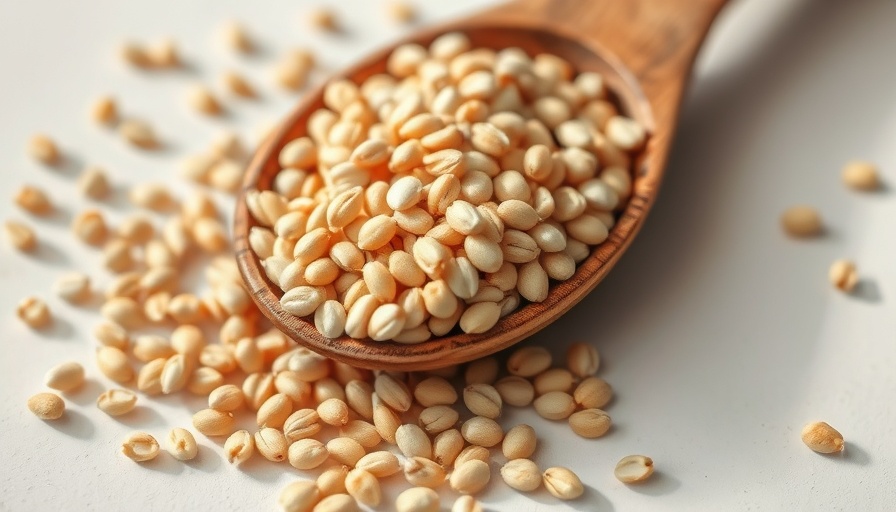
Unveiling the Power of Millet: An Ancient Grain for Modern Health
When it comes to superfoods, many people often think of quinoa or chia seeds, but the often-overlooked millet deserves to take its place on our plates. This ancient grain boasts a variety of health benefits and essential nutrients, making it a worthy contender for men looking to enhance their nutrition. Despite being cultivated for thousands of years, millet remains largely unrecognized as a staple in Western diets.
Millet: A Grain with a Rich History and Diverse Types
Millet isn’t just one grain; it represents a collection of different plants that have been cultivated since at least 5,000 years ago, possibly even 10,000 years. Varieties like pearl millet, finger millet, and foxtail millet each offer unique health benefits. While pearl millet is commonly recognized, finger millet, for instance, is particularly high in calcium—offering up to ten times more calcium than other grains.
The Nutritional Benefits of Millet: A Closer Look
With a plethora of nutrients, millets shine in terms of fiber and antioxidants. For example, Kodo millet has an impressive fiber content, which is essential for digestive health and weight management—a key concern for many men in their 30s and 40s. Additionally, studies illustrate that finger millet can vastly outperform other grains when it comes to essential minerals, which are vital for men's health. While protein sources typically dominate conversations around nutrition, integrating millets can diversify and enhance your protein intake.
Can Millet Help Your Health? Examining the Evidence
The intriguing potential health benefits of millet extend beyond just nutrition. Research suggests that incorporating millets into your diet may help reduce cholesterol levels, support heart health, and even possess anti-cancer properties. Some studies indicate millets may contribute to lower rates of esophageal cancer in populations that consume it regularly. These findings could encourage health-conscious men to consider adding millet to their meal planning for long-term benefits.
Practical Tips for Incorporating Millet Into Your Diet
Getting started with millet doesn’t have to be daunting. Here are some tips to integrate this nutritious grain into your meals:
- Breakfast Boost: Cook millet like oatmeal and top it with nuts and berries for a nutritious start to the day.
- Healthy Side Dishes: Use cooked millet as a healthy side dish, replacing rice or pasta with seasoned millet.
- Salads and Bowls: Add cooked millet to salads or grain bowls to increase protein and fiber content.
Final Thoughts: Mill It Over for Better Health
Millets present an extraordinary mix of nutrition that aligns with modern health trends, especially for men wanting to enhance their vitality and overall well-being. As you consider your fitness journey and meal planning, don’t underestimate the power of this ancient grain. It may well be an unsung hero in your kitchen, offering a path toward improved health and nutrition.
Want to learn more about how to integrate nutritious foods into your health regimen? Explore our additional resources for meal planning tips that cater specifically to men's dietary needs!
 Add Row
Add Row  Add
Add 




Write A Comment